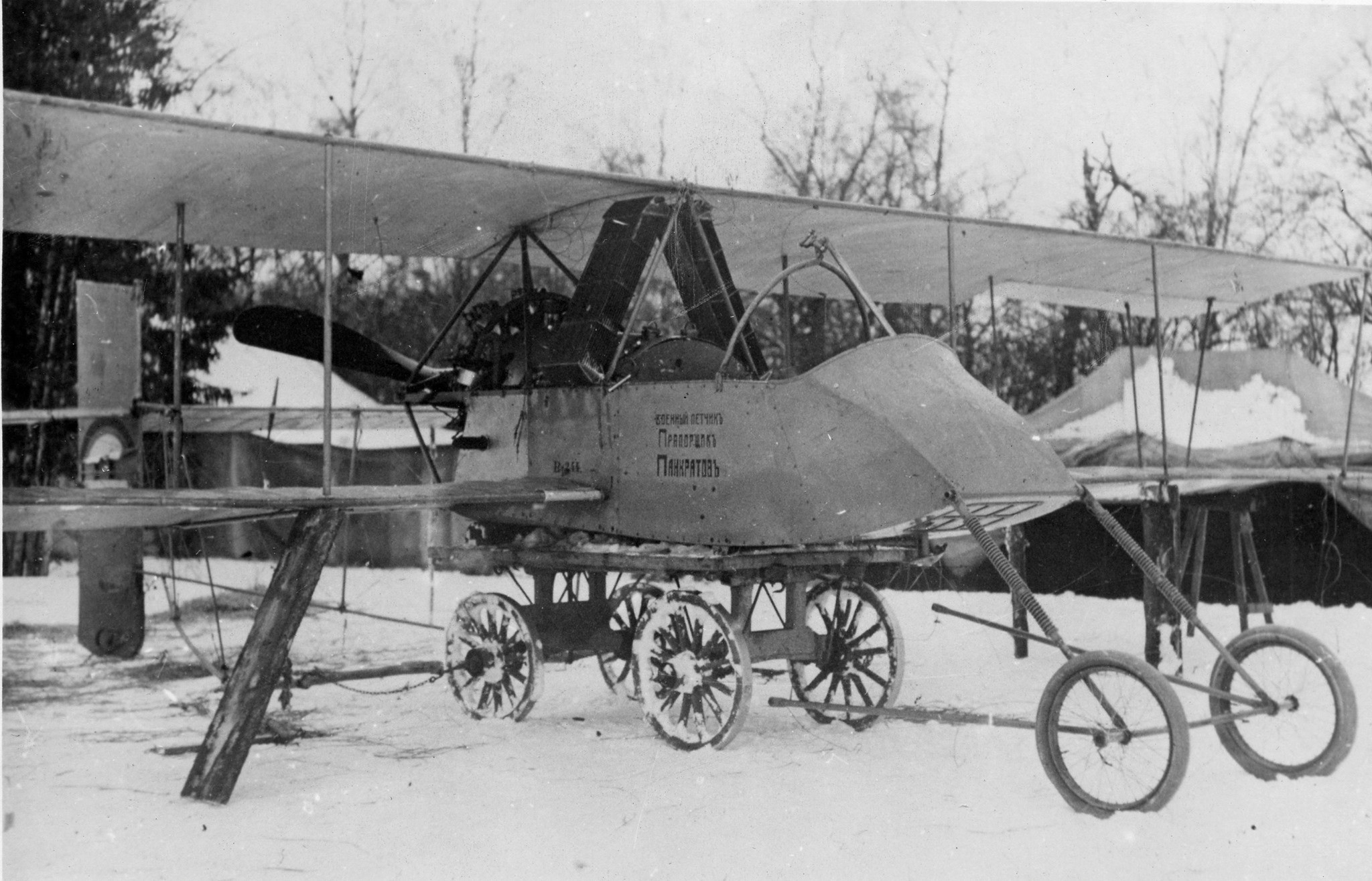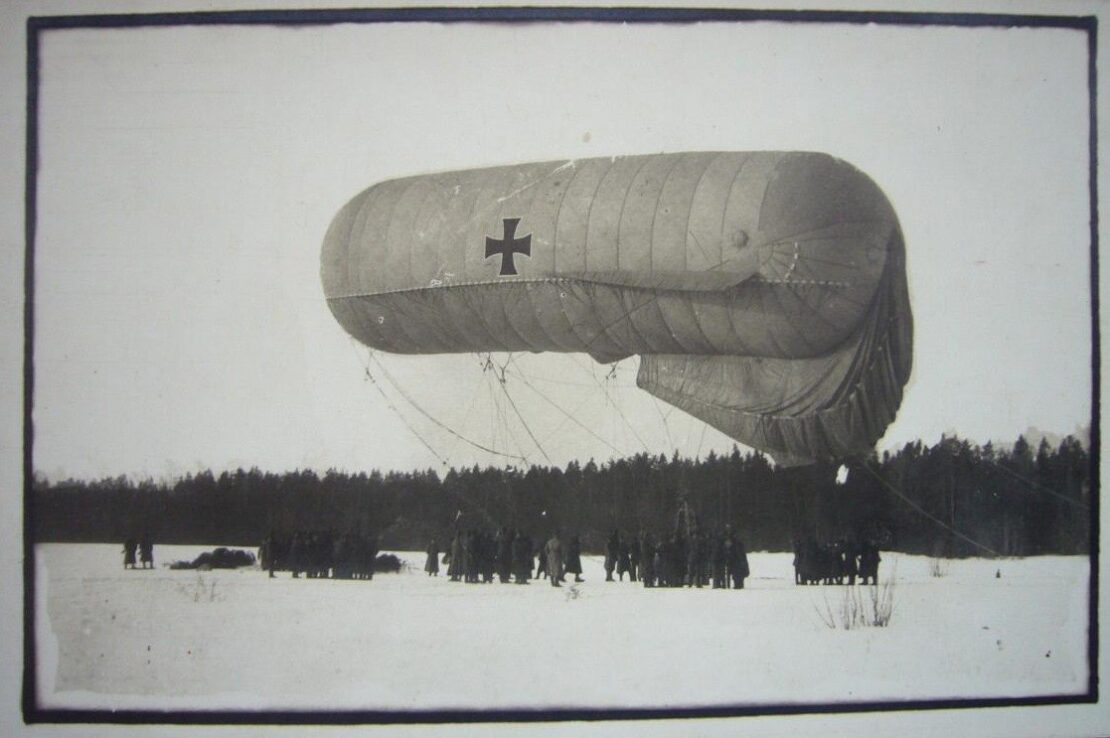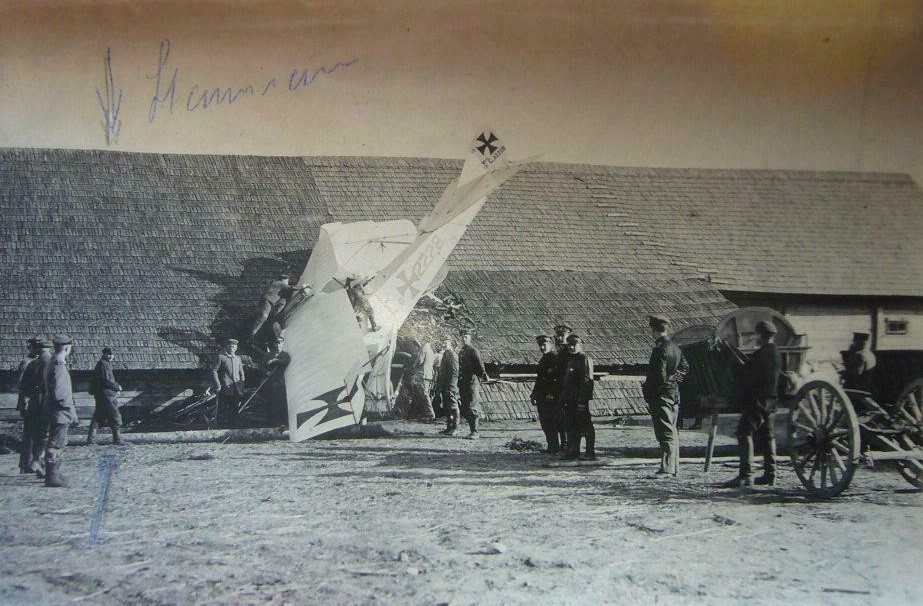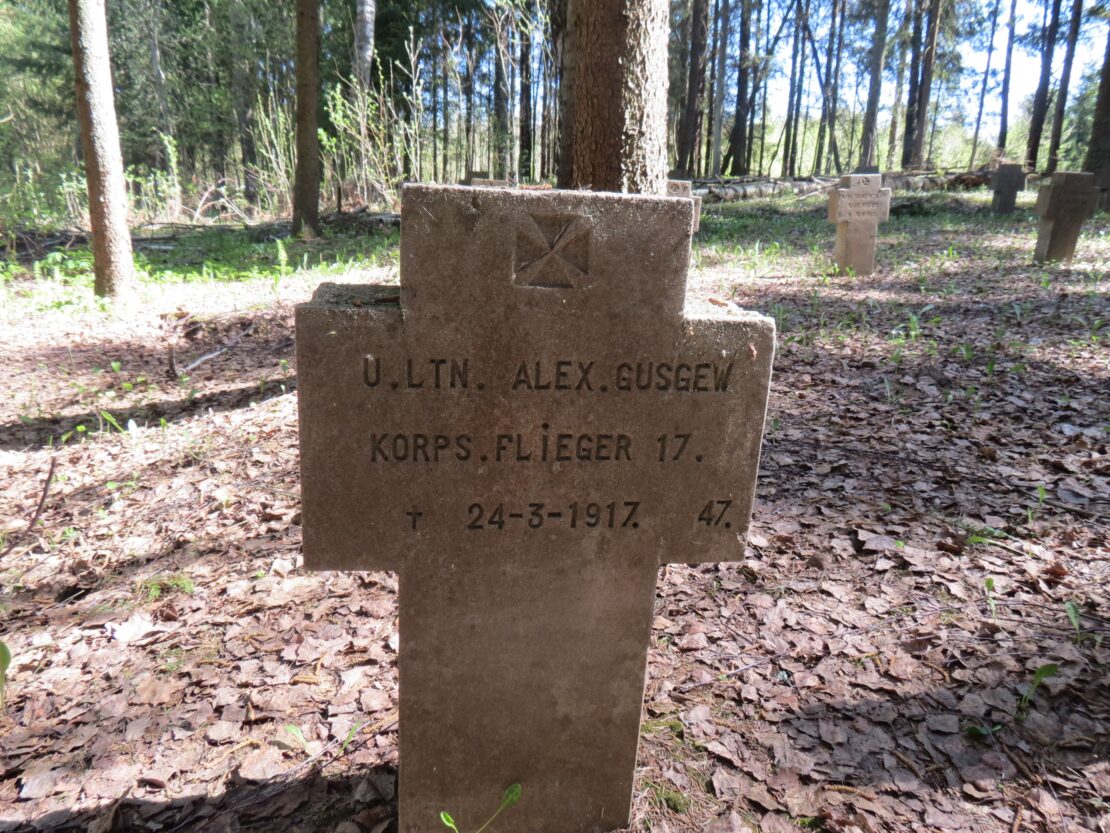
During the First World War, views on the importance of aviation changed. During the war, aviation consisted of airships, balloons and aeroplanes. During this period, the designs of the apparatus were relatively archaic, but they improved rapidly. Already in July 1914, the Russian military aviation had aircraft such as the Nieuport-4, the Farman-16, and several Morane-Parasol units, a total of 263 aircraft. The aircraft were mainly of French design – biplanes from A. Farman and Voisin, and 14 monoplanes from Nieuport, Morane and Deperdussen; from German manufacturers – Aviatik biplanes and Etrich monoplanes.
In the air force, Germany was in second place with 230 aircraft and airships. Austria-Hungary had 30 aircraft.
Aviation was part of the engineer division and was used for reconnaissance, bombing and the destruction of enemy aircraft. Germany was the first to use bombing of enemy rear areas. From 1914 onwards, first German airships, then multi-engined bombers regularly carried out bombing attacks on enemy installations. From the spring of 1915, German airships frequently flew over Dvinsk dropping bombs. Dozens of people were killed or wounded, buildings and roads were destroyed, causing panic among the population.

The Russian army had an airfield near Dvinsk, while the German army had air bases near Novo-Alexandrovsk, initially near Eglaine, later near Subate. At the beginning of the war, aircraft were unarmed except for the pilots’ personal weapons (rifles or pistols). From 1915, English and French engineers began to install machine guns on the planes, which fired from the sides of the aircraft. On 1 April 1915, a German designer invented the synchroniser, which allowed firing through the propeller. The synchroniser was first installed on the Fokker E.I. fighter.
In the early summer of 1915, German squadrons appeared with new products, which came as a surprise to the Entente forces. By the spring of 1916, the Germans dominated the air battles, which were called “Fokker raids”.

The Air Fleet Bulletin of 1915, No. 1, wrote of the 17th Corps Aviation Regiment stationed at Dvinsk Placdarm: “In 1917 the 17th Corps Aviation Regiment lost 7 men, including 4 pilots and 3 observers, in seven months. One of the dead was pilot Alexander Gusev.”
Alexander Gusev was killed in the territory of Medumu parish and buried in the cemetery of German soldiers killed in World War I in Medumu parish. On 27 February 1917, Gusev returned from Novo-Alexandrovsk after a successful bombing mission and engaged in aerial combat with a German fighter, manoeuvring and allowing an observer to shoot down an enemy aircraft. The German aircraft caught fire and crashed to the ground. Gusev successfully returned to the aerodrome. For this he was awarded the Order of St George, 4th Class, and promoted to military rank. However, on 23 March, Alexander Gusev, with observer Feofan Lazovski on board the Moran-Parasole, was shot down in an air battle with a German Albatros aircraft and was killed near Kosmichevsk. Four days after the battle, German aviators announced the fate of Alexander Gusev and Feofan Lazovsky by dropping a leaflet on Russian positions. Alexander Gusev was killed and buried in a German cemetery, Feofan Lazovsky is receiving treatment in a German infirmary.

Follow FIRST WORLD WAR MUSEUM MEDUMOS RESEARCH…. for future columns!